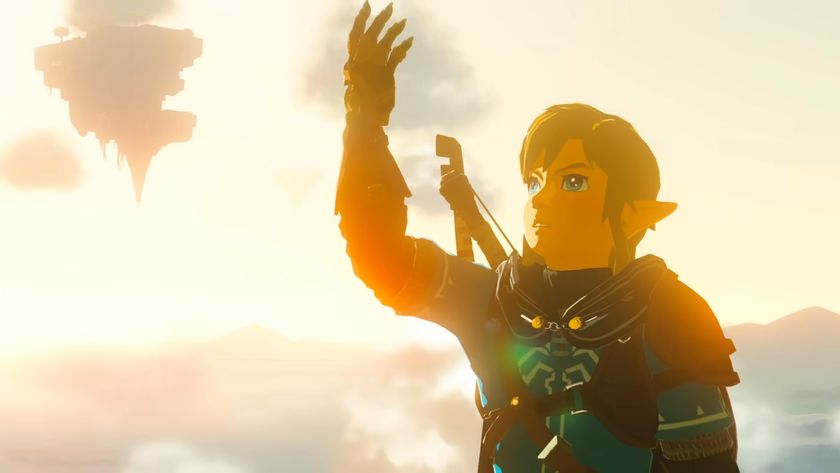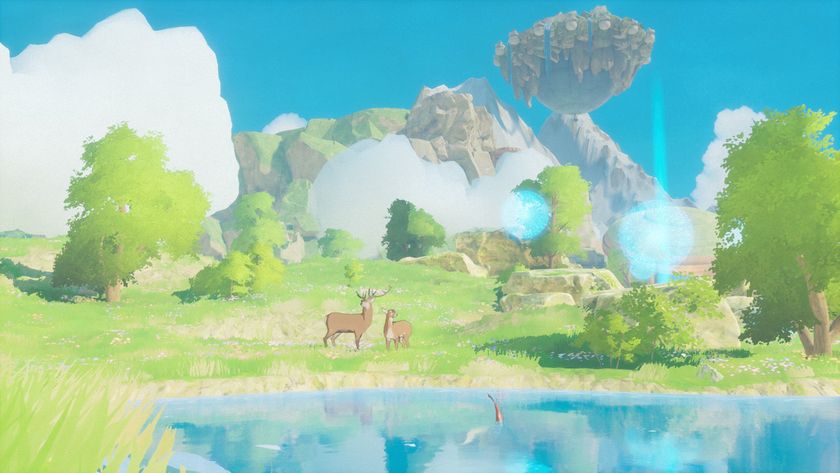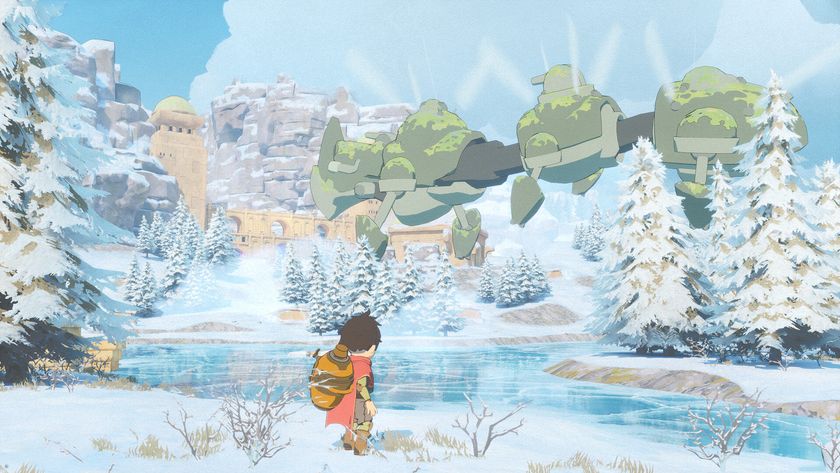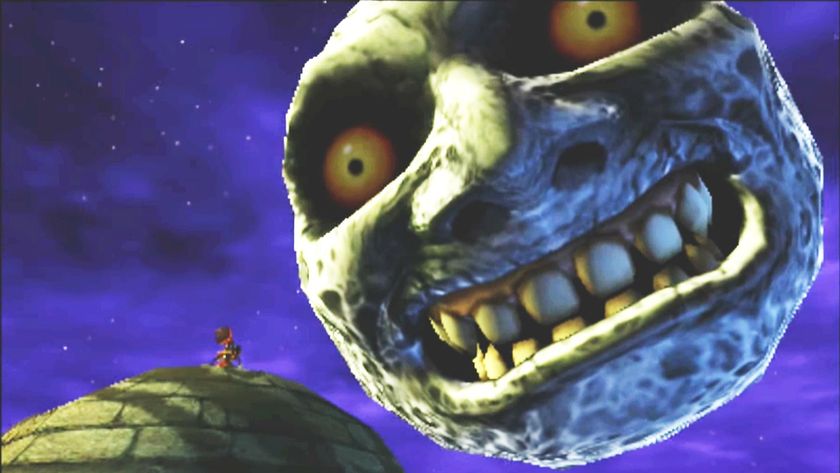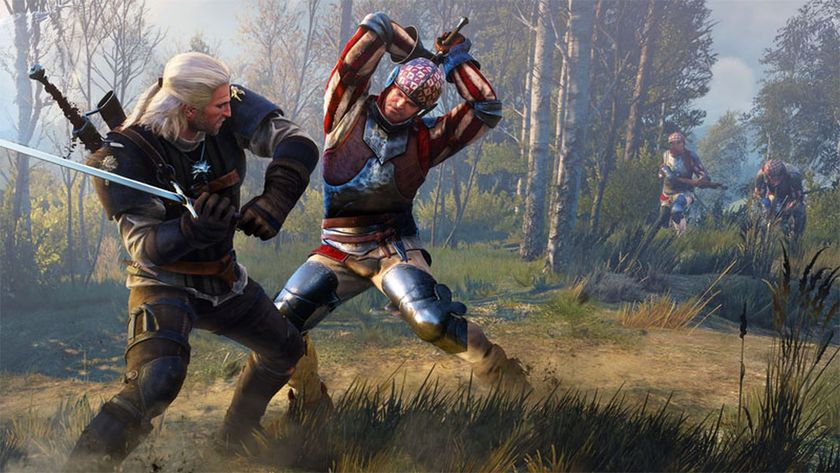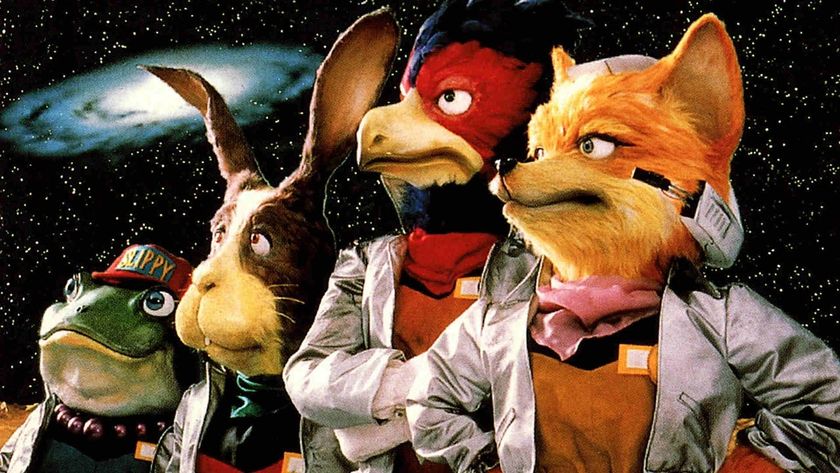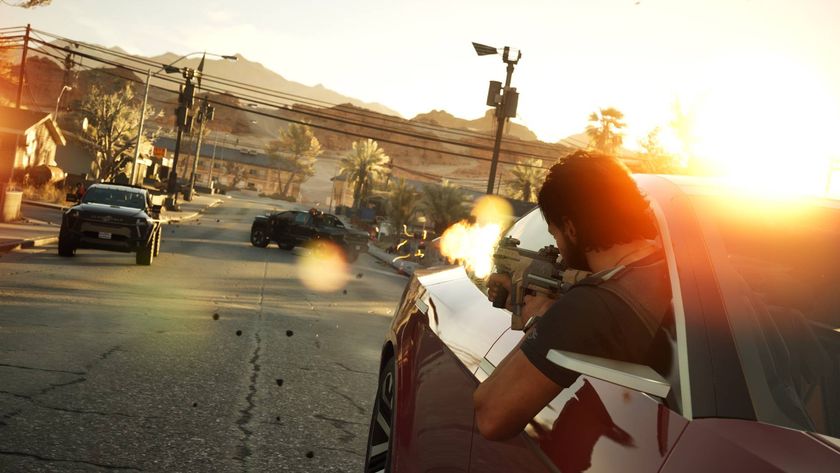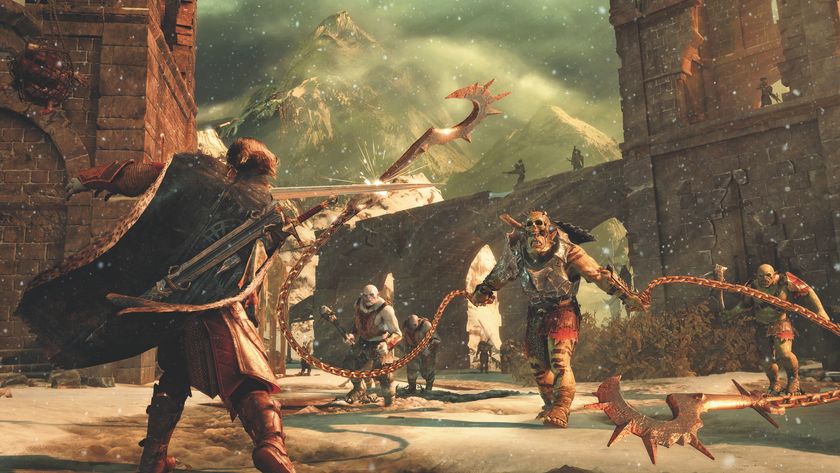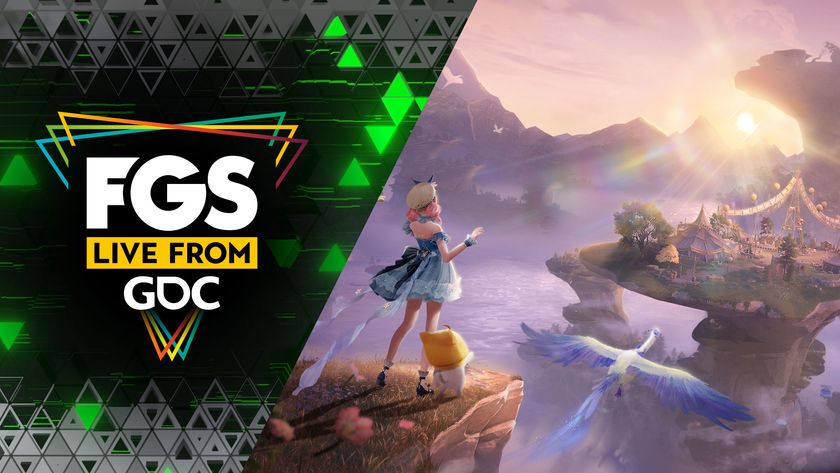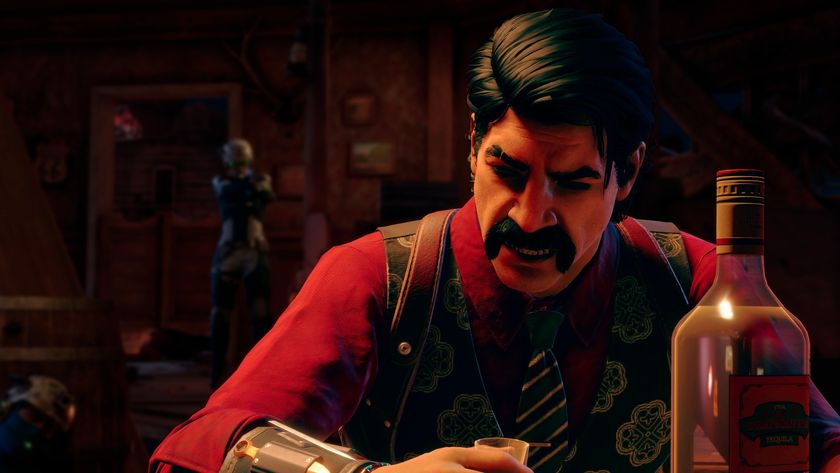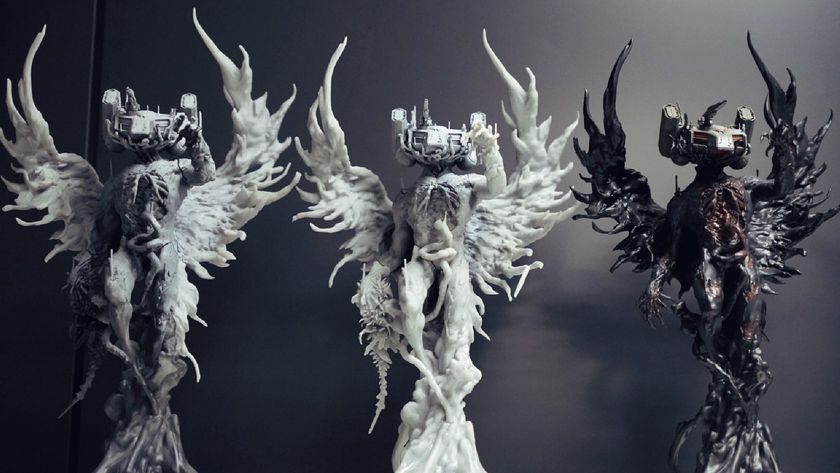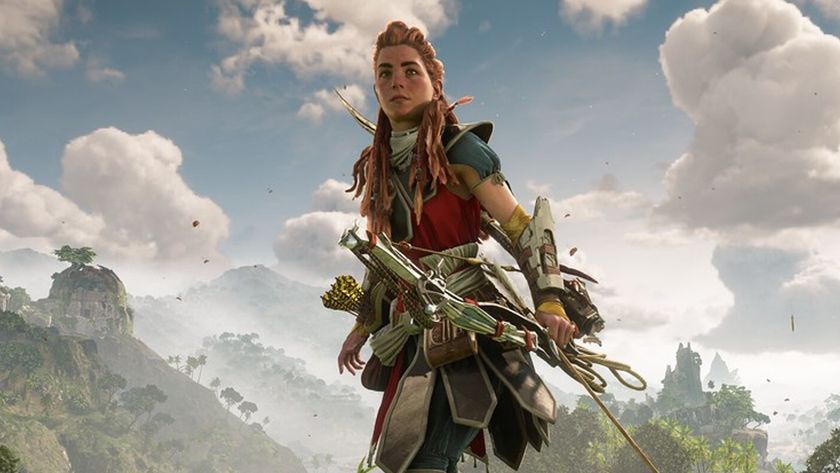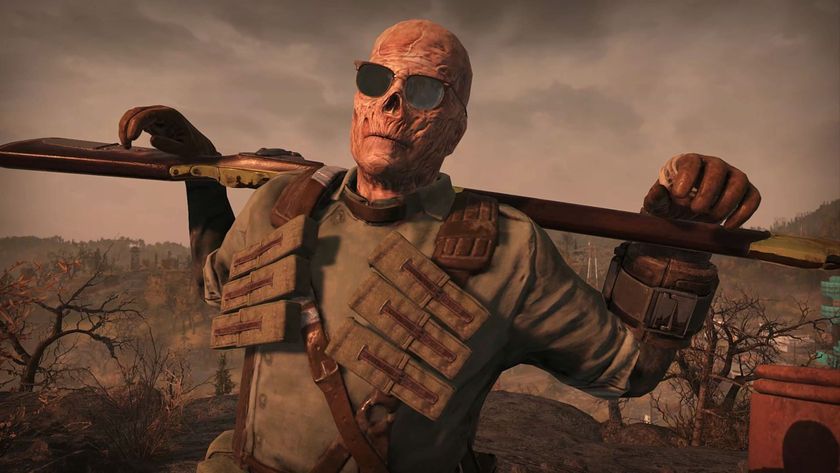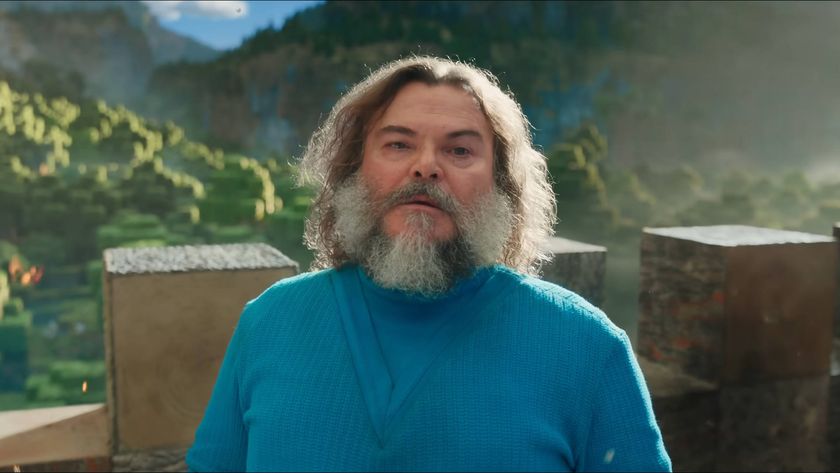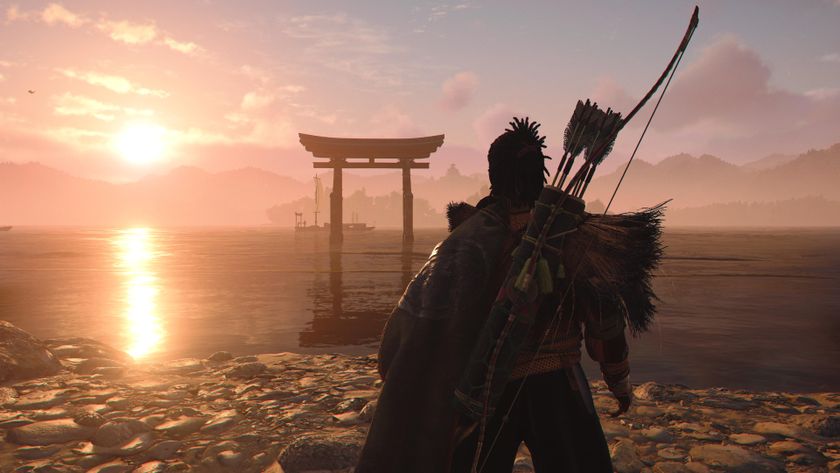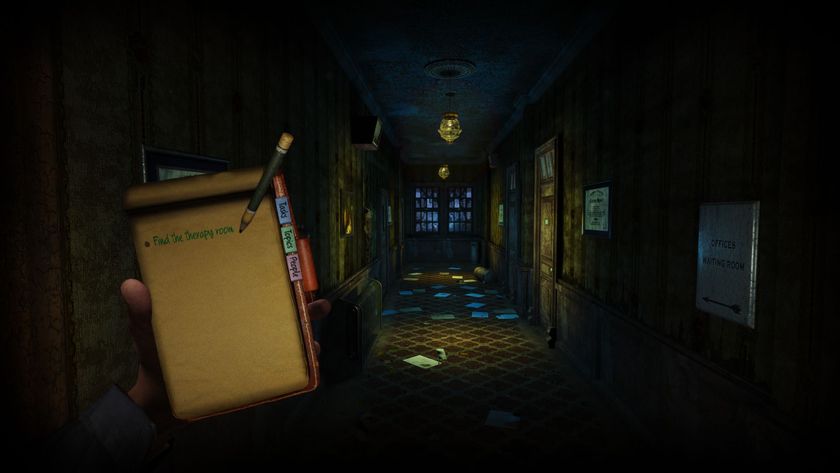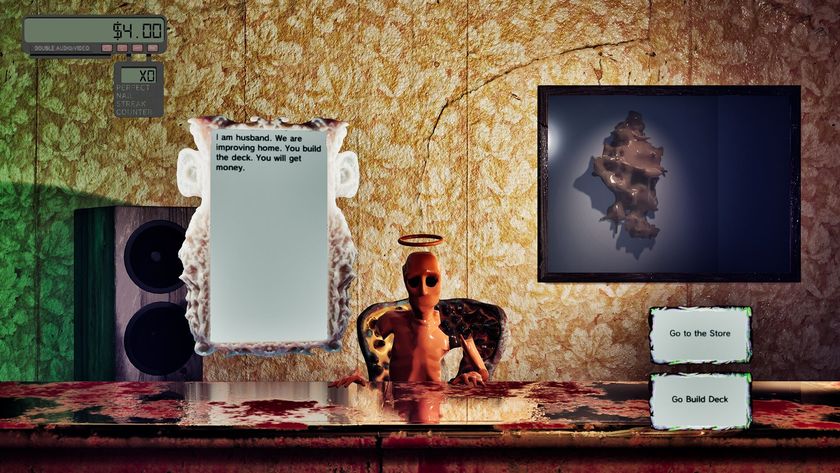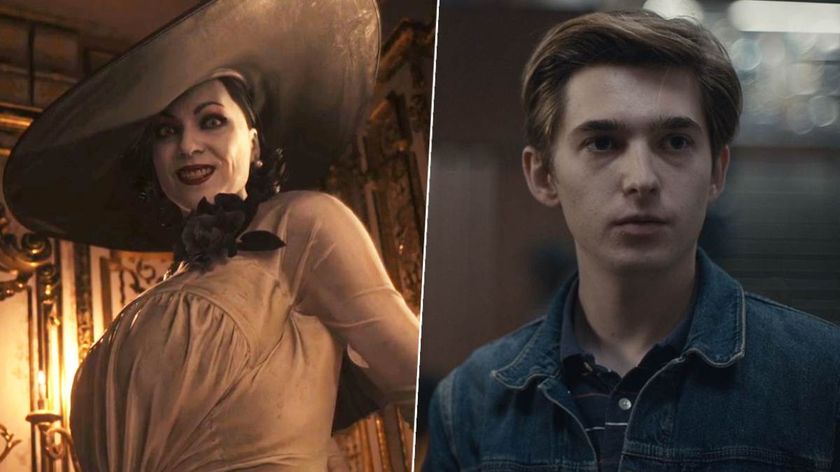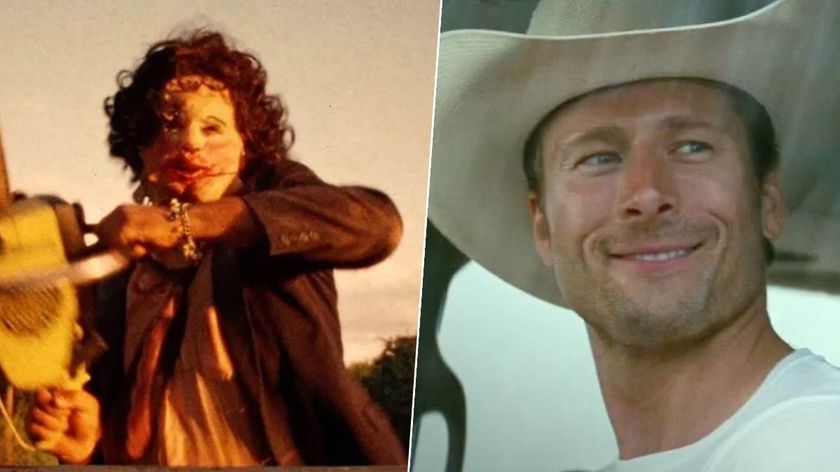Nintendo isn't big on generative AI, and with Zelda: Tears of the Kingdom was careful with automated art – "The game could potentially end up losing something valuable"
Nintendo wanted lots of caves in Tears of the Kingdom, but wanted them to feel special
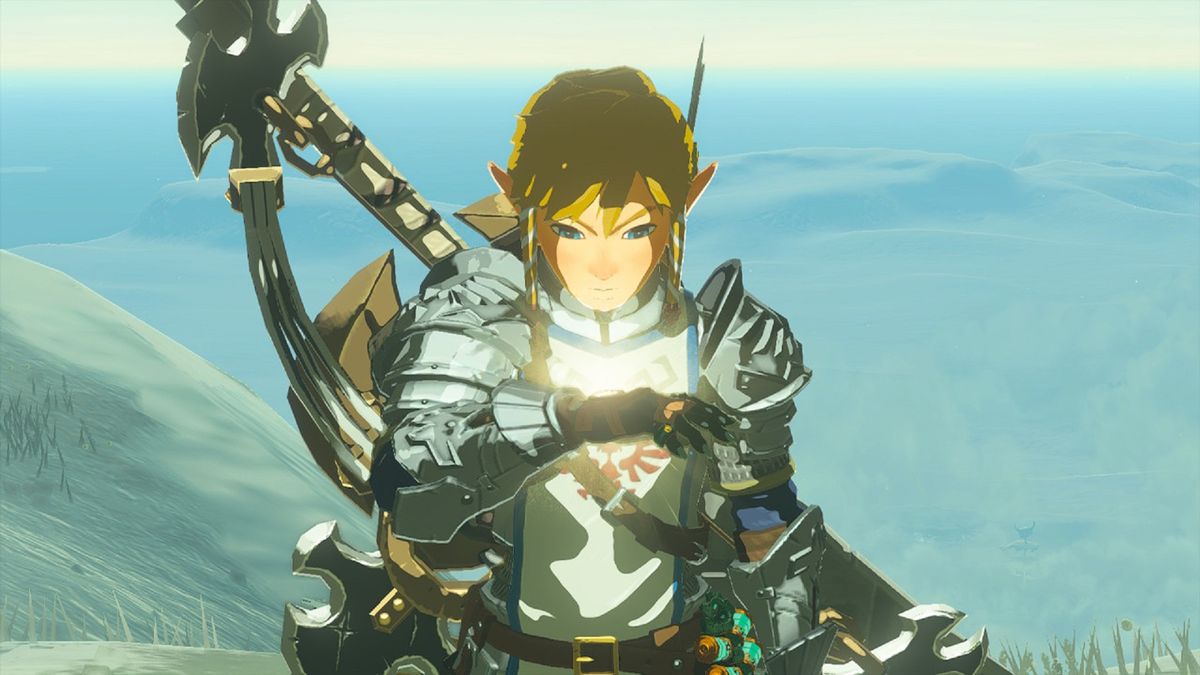
Some elements of The Legend of Zelda: Tears of the Kingdom's art and design processes were automated for efficiency, but Nintendo was careful about offloading too much to computers out of fear of "losing something valuable" to the gameplay experience.
As Automaton reports, Tears of the Kingdom lead QA engineer Takuma Oiso discussed the game's development pipeline at Japan's recent Computer Entertainment Development Conference. Oiso dug into the implementation of the game-altering Ascend ability which lets Link leap through virtually any roof or ceiling, and the way this impacted Tears of the Kingdom's many cave systems.
With hundreds of caves to make for Tears of the Kingdom's layered world, Oiso says Nintendo sought ways to optimize development by automating some elements. "However, if we were to pursue this blindly, the game could potentially end up losing something valuable," he adds.
- Zelda: Tears of the Kingdom is at the front line of the debate over the Nintendo Switch 2's computing power, because if the Switch 1 can load three worlds at once, imagine what its sequel can do
- Dev behind cozy mashup of Ghibli and Zelda says working on Diablo and Overwatch taught him "storytelling isn't just an enhancement to world-building – it's what gives it meaning"
To that end, the team set clear boundaries on anything gameplay-facing, instead relegating purely "decorative" aspects to a procedural system that could spit out caves for artists to retouch. Level design, enemy and resource placement, and other similar variables which affect the way players explore and interact with caves were all done by hand.
This method ended up working so well that it was later applied to Tears of the Kingdom's sky islands, Automaton reports. Oiso says artists were eager to find ways to pragmatically automate other processes since it freed up time that could then be invested in creation and polish elsewhere. My mind always goes to the kitchen with subjects like this; no sense whipping cream by hand when you could dump it in a stand mixer and do something else. Machines, baby.
This Tears of the Kingdom anecdote functions as a practical example of Nintendo's view of procedural content in the context of AI, an increasingly divisive subject in the games industry. The methodology differs from full-fat generative AI, but the application is similar: let a computer pull the cart while an actual artist holds the reins.
Earlier this year, Nintendo president Shuntaro Furukawa argued Nintendo doesn't need or want to rely on generative AI, and the company would rather avoid the copyright conflicts that unrestricted AI so frequently steps in.
Sign up to the 12DOVE Newsletter
Weekly digests, tales from the communities you love, and more
"We have decades of know-how in creating optimal gaming experiences for our customers, and while we remain flexible in responding to technological developments, we hope to continue to deliver value that is unique to us and cannot be achieved through technology alone," he said, positioning AI as just another tool in the toolbox for real humans to use as needed.
In a similar presentation, we learned how Zelda: Tears of the Kingdom avoids load times by predicting when you're about to dive into The Depths.

Austin has been a game journalist for 12 years, having freelanced for the likes of PC Gamer, Eurogamer, IGN, Sports Illustrated, and more while finishing his journalism degree. He's been with 12DOVE since 2019. They've yet to realize his position is a cover for his career-spanning Destiny column, and he's kept the ruse going with a lot of news and the occasional feature, all while playing as many roguelikes as possible.
